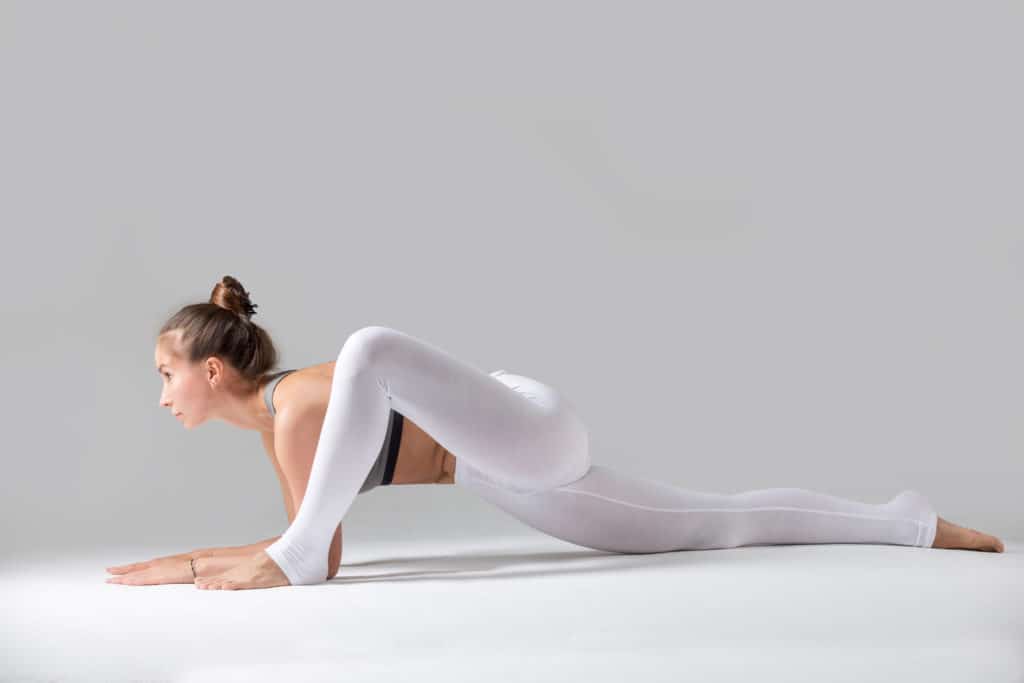Last updated: March 20, 2020

A couple of versions of this concern are
- “I am not a strong advocate for passive stretching.”
- “Passively holding the body in a stretched position without muscular engagement is dangerous.”
While the implication that passively stretching is unusual or abnormal behavior, it is actually something we do all the time! Consider how long you sit each day or the long periods of time you may be standing, perhaps in a line-up somewhere. These positions involve long-held, static, passive stresses and stretches and yet we are not being harmed or crippled by these loads.
When we sit, our hips are flexed and the lumbar spine is almost always flexed close to its maximum. And we may stay in this position for 20 minutes, 30 minutes, an hour or even longer while we are driving, sitting in front of a computer or watching TV. In this position our fascial tissues are under a constant passive stress and are in a stretched position. But there is no harm occurring to these tissues.
Consider meditators: they remain sitting, usually with crossed-legs, for 20~45 minutes at a time. Their hips are flexed, their legs abducted and externally rotated in the hip socket. Again, there is a long-held, passive stretch occurring around these areas, but meditators are not crippled or injured due to this passive stress.
(Certainly, there are other problems that can arise from standing or sitting for long periods of time: creep can set into the fascial tissues making them a bit weaker for a while after the session ends; sitting too long can take a physiological toll on cardiovascular health if it is not balanced with some form of movement exercise, etc. These problems are not related to the passive stresses on the muscles of fascia per se; the problems are due to extended immobility of the body as a whole.)
Compare how long we remain in these passive positions during each day of our lives to how long we typically remain in a Yin Yoga posture: hours versus 5 minutes. If passively stretching our legs, hips and backs for hours while standing or sitting is not damaging us, how can 5 minutes in Butterfly Pose or any other Yin Yoga posture be harmful? From your own lived experience, you know that this concern doesn’t make sense.
There is another implication raised by this concern: there is a fear that if we do not actively engage the muscles when in a passive posture, too much stress will accumulate in the connective tissues. Thus, the recommendation is to actively engage the muscles to prevent stress in the ligaments and tendons. The reality, however, is that engaging the muscles increases the tension in the ligaments and tendons!
Tendons and ligaments are in series with muscles.[1] If you have two materials connected in series and then stretch the group, the more compliant (stretchier) part will elongate more than the stiffer portion. (This is intuitively obvious, but if you need visual proof, check out the article Cold Muscles or Warm Muscles.) In the same way, if you have warmed up or relaxed muscles connected in series to ligaments or tendons, and then stretch the group, the relaxed or warmed muscles will elongate more than the tendons. However, if you engage and tighten the muscles, they become less stretchy than when they are relaxed (they are now stiffer), thus they will stretch less, which means the ligaments will stretch more.
Actively engaging muscles will actually increase the stress on the ligaments and tendons. If the concern about Yin Yoga is based on Yin Yoga putting too much stress on ligaments when the muscles are passive, and therefore we should actively engage muscles, well, it turns out the opposite is true. Engaging the muscles increases stress on the ligaments!
Now, one final point—it is okay to stress ligaments! Despite the concerns raised by the folks offering this criticism, stressing and stretching our fascial tissues is essential to maintaining their health. For a further discussion on this topic, see the response to the concern You shouldn’t stretch ligaments, tendons, joints, connective tissue or fascia.
Return to Topics
[1] The fact that ligaments are in series with the muscles is a newer realization. Most textbooks still show the ligaments being in parallel to the muscles; however, the work of Jaap van der Wal sheds new light on this old model. See Jaap van der Wal, “The architecture of the connective tissue in the musculoskeletal system,” International Journal of Therapeutic Massage and Bodywork 2.4 (2009): 9–23.
